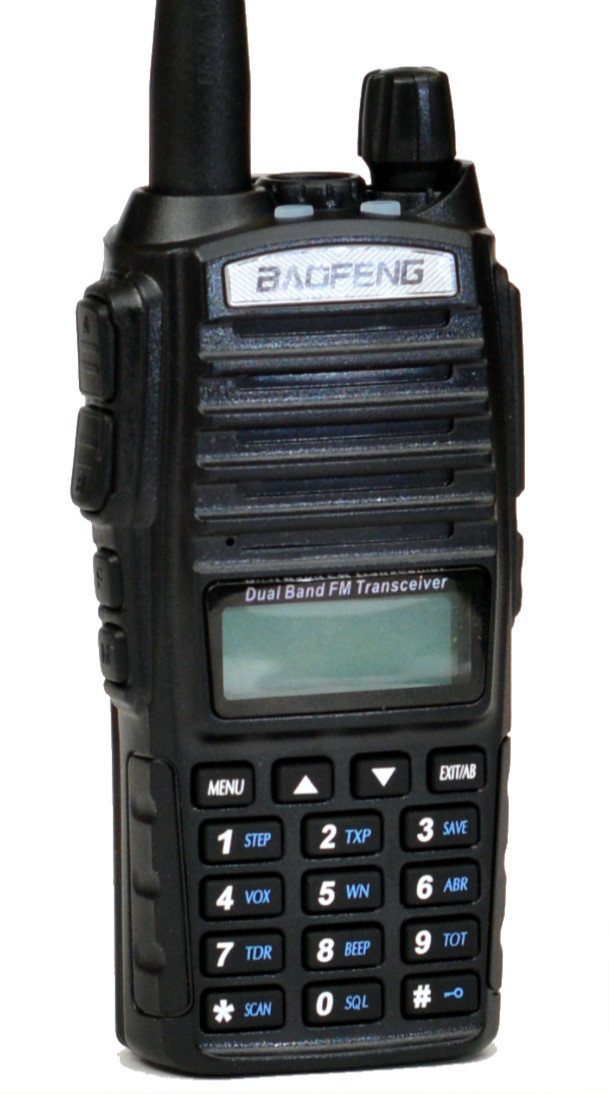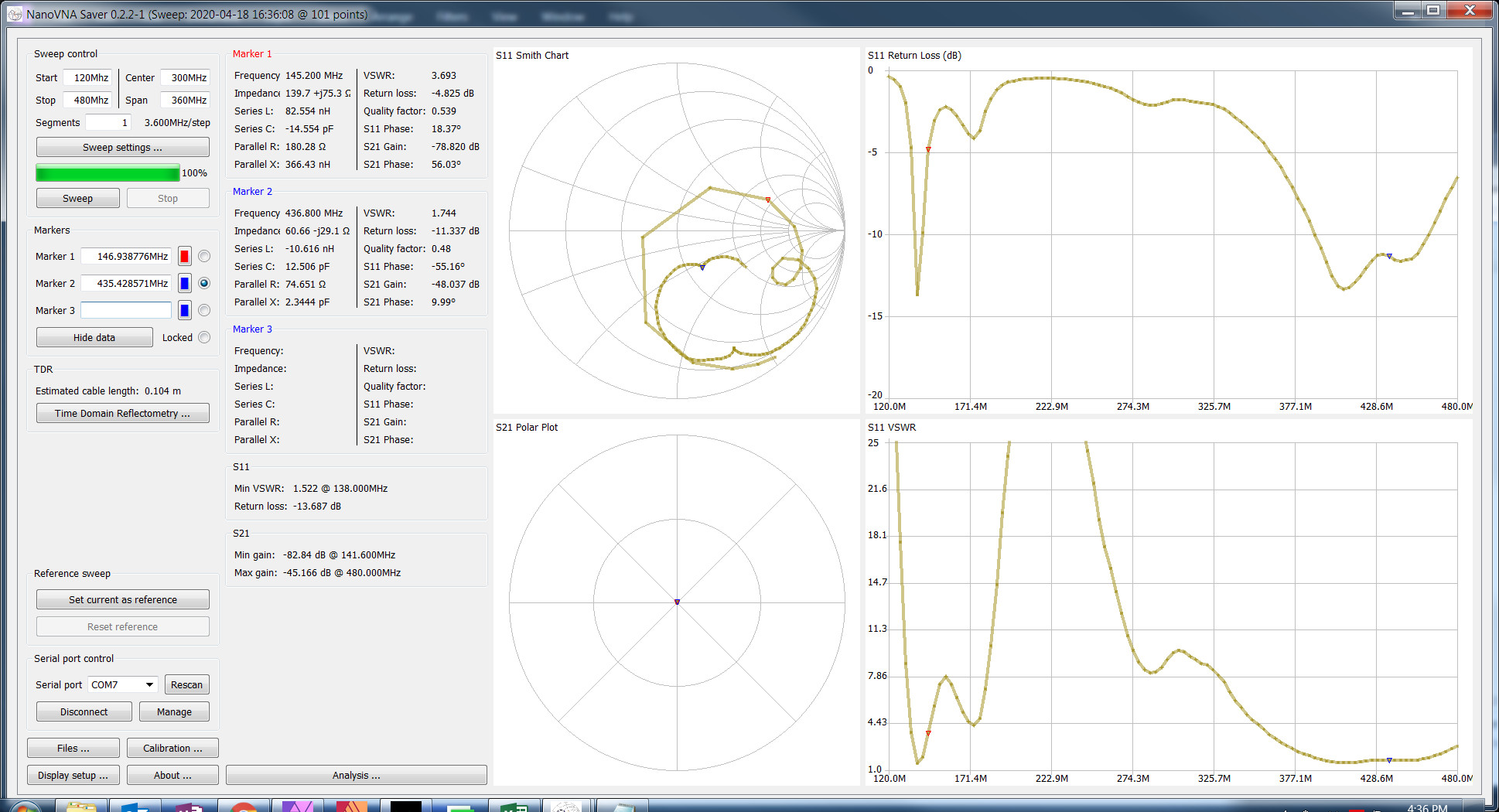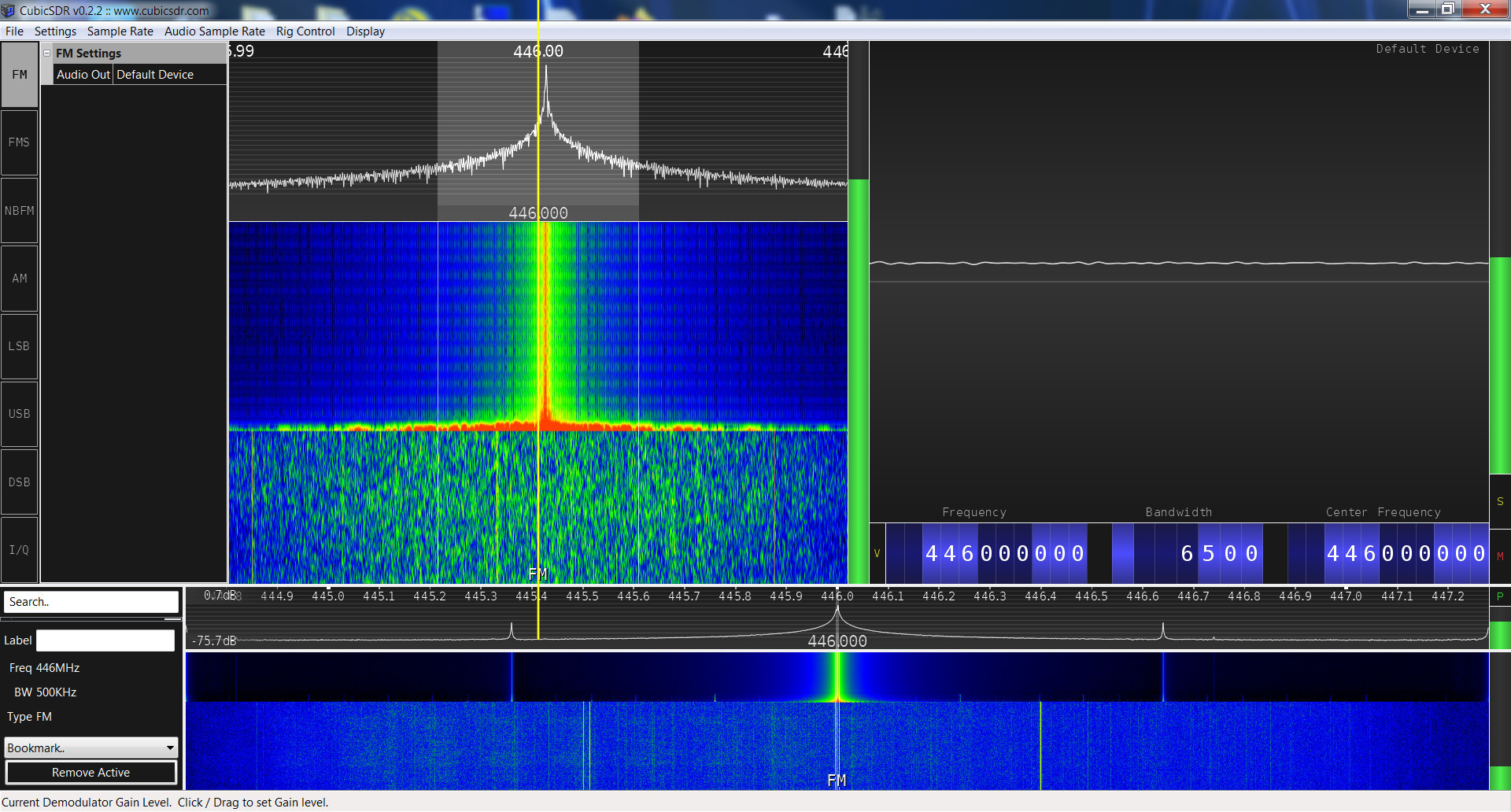 |
The Baofeng UV-82 is a fairly unremarkable dual-band Chinese radio based on the popular UV-5R, and that is a good thing! Read on to find out how.
Wherever you look, people love the UV-5R for being an inexpensive, good, basic, amateur radio. The Baofeng UV-82 is a larger and more feature-rich version of that radio with a few tweaks. There is nothing very new, nothing special, nothing remarkable, but that means it is just a slightly upgraded version of a good radio and basically shares most of the Baofeng UV-5R specs.
Let’s start with the feeling of the unit since that is probably the only way the Baofeng UV-82 is not as nice as the UV-5R as the plastic just feels a little cheaper than on its little brother. For the price of this radio, which is sometimes cheaper than the UV-5R, it still feels incredibly nice.
Personally, I am not a fan of the two separate PTT buttons on the Baofeng UV-82 but I certainly can see their utility for many people. I do like the angles of the two buttons which allow me to know which VFO, upper or lower, I will be transmitting on. I tend to always use the bottom VFO as my main VFO because I like the way the bottom PTT button feels in my hand, again, a personal thing.
I also like the button feel on the Baofeng UV-82 front keys, they seem to have a better snap to them when I press them. They also seem to depress straighter which has a much better feel. This may seem like a simple thing that really doesn’t matter, but if you want to program the radio from the keypad I assure you the better the keys, the faster and easier it is to get the job done with fewer errors.
Next up is the increase in battery size from the standard 1800mAh included with the UV-5R, to the 2800mAh included with the Baofeng UV-82. Sure, you can buy a larger battery for the UV-5R but you might as well get it included for the same price with this radio instead of bolting on a huge bulge to a radio that wasn’t designed for.
Take a look at the top of the Baofeng UV-82 over by the power/volume knob. See that little shield? That keeps you from accidentally turning the volume up or down by brushing the knob up against something. A small but very nice little update. I can’t tell you how many times I have brushed a radio up against my arm or a seatbelt.
The speaker in the Baofeng UV-82 is larger than the UV-5R and many other Baofeng radios and this gives you increased volume and better quality audio. This makes it easier to hear poor audio like that from a distant station at the edge of the radio’s range. It also helps you hear the radio if you happen to be in a very noisy area.
Programming from the keypad of the Baofeng UV-82 is just like the UV-5R with virtually identical menu options, there are a few differences that seems more about firmware revisions than radio models. Those differences seem to be at the end of the menu structure so 98% of the options are not only the same but in the same order and memory locations. This makes it seamless to go from using just about any Baofeng radio to this one.
Like most Baofeng radios, the Baofeng UV-82 is programmable by using the free CHIRP software as well, which is nice. I even used the same programming cable that I use for my other Baofeng radios with this one and it works just fine.
Photos
Baofeng UV-82 Test Results:
| Screen readability | Good |
| In-hand feel | Good |
| Included antenna | Good |
| Construction quality | Good |
| Belt clip | Good |
| Programmability | Good |
| Transmit audio | CLICK TO LISTEN |
| Maximum power output (2m/70cm) | 4.5 watts / 1.4 watts |
| Size | 281 * 61 * 48 mm |
| Actual weight | 8.4 oz |
| Baofeng UV-82 manual | CLICK TO DOWNLOAD |
| Programming software | CLICK TO DOWNLOAD |
| Baofeng UV-82 Overall score |


| FEATURES: | |
|
|
|
|
Conclusions

GET THE BOOK!



I’m very new to this hobby, so all the terms are new to me. And when I read a manual, I want it to be complete and thorough. So when I see undefined references such as CTCSS sprinkled throughout the documentation without explaining it, it makes me want to strangle the !$&*% bastards who wrote it.
I like these radios a lot, and I disagree with the reviewer in saying that the plastic on the outside isn’t as nice as the UV-5R. I can see why he’d write that, but if you throw these things into a bag with a bunch of antennas and batteries, the plastic on the UV-82 will actually be more durable in that it’s not as likely to pick up dings or scratches as much as the UV-5R, especially those with the metal plates.
I also love the dual PTT (Push-To-Talk) buttons, as it is increases the radio’s usefulness. A piece of clear Scotch tape over the radios radio’s window.
The only criticism I can muster is that it has no call button, or at least I can’t find one. If I’m wrong, please let me know.